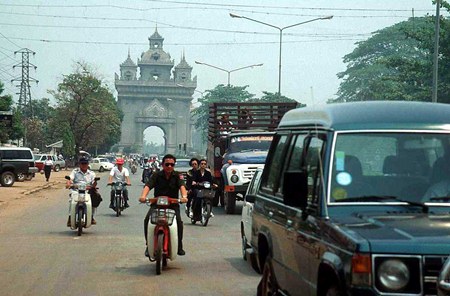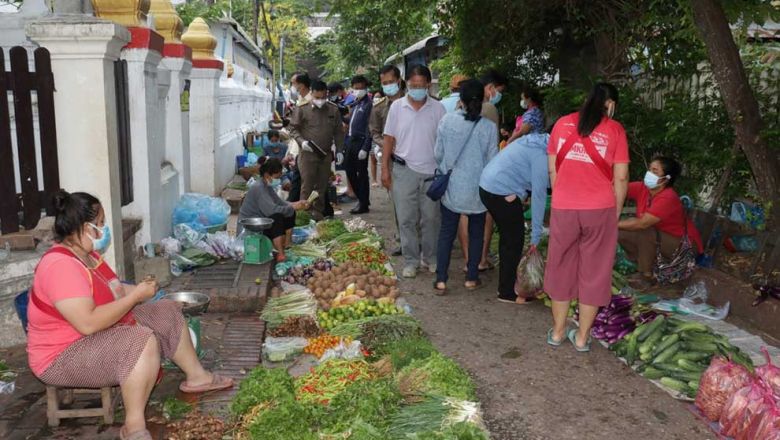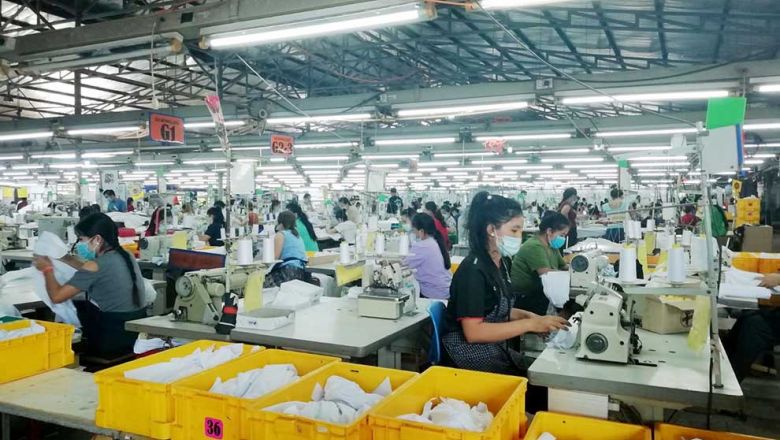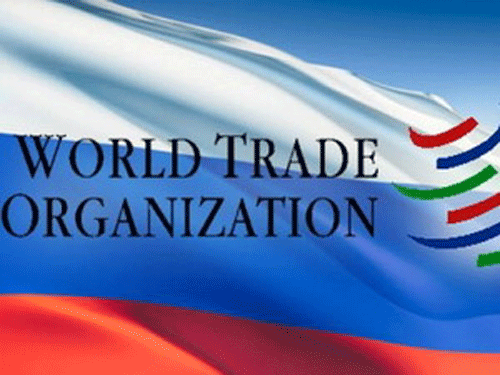Lao inflation rate remains low in October
Lao inflation rate remains low in October
The inflation rate stayed low in October despite worries that a pay rise for government officials which kicked in at the start of the 2012/2013 fiscal year would lead to a spike in inflation.

According to a report from the Lao National Statistics Bureau, the inflation rate came in at 3.51 percent in October, dropping from 3.61 percent in September. Inflation rates in the preceding months were 3.36 in A ugust, 2.92 in July and 3.56 in May.
The low rate in October indicates that the large salary increase awarded to government officials that month caused no significant hike in prices around the country.
The government raised officials' salaries from 3,500 to 4,800 kip per index point in October, equivalent to an increase of 37 percent. It also provided them with an additional 760,000 kip per month to cover living expenses.
The government plans to increase salaries to 6,700 kip per index point in the 2013-14 fiscal year and to 9,300 kip per index point in 2014-2015, as the country generates more income.
Vienti ane Times reporters visited markets in central Vientiane and established that the price of staples such as pork remained stable at between 30,000 to 35,000 kip per kg depending on quality, while some vegetable prices dropped slightly due to the abundant supply during the harvest season.
The price of rice in Vientiane was also stable at between 60,000 kip per 12 kg to 90,000 kip depending on quality and variety. Vendors said the supply of rice on the Lao market has been stable over the past several months. Officials said this was due to the fact that the authorities had restricted exports of the crop.
An economics lecturer at the National University of Laos, Associate Professor Phouphet Kyophilavong, said yesterday that if the government continues to stabilise the exchange rate and credit growth, inflation rates will remain stable.
Mr Phouphet, who is research division chief at the Economi cs and Business Management Faculty, said one of the major risks is rising inflation in foreign countries which will flow through to Laos, such as the price of fuel on the world market and the price of goods in Thailand, one of the major s uppliers of manufactured goods.
“If inflation in Thailand remains stable, inflation in Laos will also be stable. Laos imports a large amount of goods from Thailand,” he said, “and this means price changes there will be mirrored in the Lao market.”
According to a Bank of the Lao PDR report, current foreign reserves in Laos are sufficient to secure imports for at least three months.
vientiane times

















